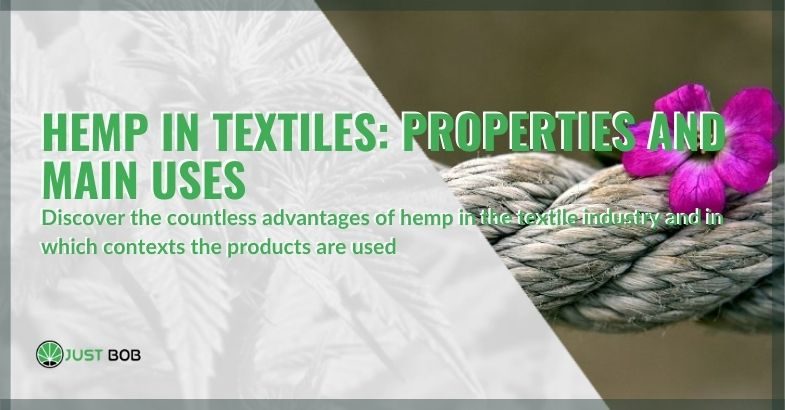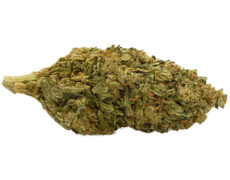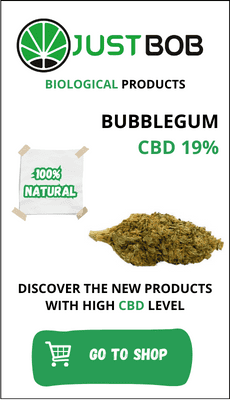Modified on: 24/04/2024
DISCOVER THE COUNTLESS ADVANTAGES OF HEMP IN THE TEXTILE INDUSTRY AND IN WHICH CONTEXTS THE PRODUCTS ARE USED
The use of hemp in textiles has a history stretching back thousands of years.
It seems that the cultivation of cannabis plants to produce textiles was already widespread more than 13,500 years ago.
-
 SMALL & BIG
SMALL & BIGBUBBLEGUM
Indoor | CBD – CBDA <22%
Starting from:EASTER SALE -10%
1,25CHF1,10CHF/gGrams3 5 10 20 50 100 -


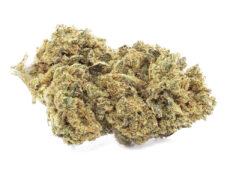
DO SI DOS
Starting from: 2,00CHF/gIndoor | CBD – CBDA < 19%
Grams3 5 10 20 50 100 -


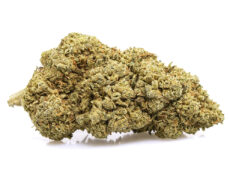
ROYAL GG#4
Starting from: 2,30CHF/gIndoor | CBD – CBDA < 40%
Grams3 5 10 20 50 100 -


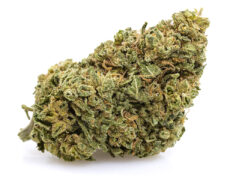
GORILLA GLUE
Starting from: 2,90CHF/gIndoor | CBD – CBDA < 20%
Grams3 5 10 20 50 100
Of course, for a long time, there was minimal talk about cannabis and hemp! The plant was increasingly demonized because of its psychotropic components (THC).
Recently, however, studies and research have shown that the properties and potential of cannabis plants are so numerous and exceptional that it would be a shame not to exploit them.
In addition, many new CBD hemp genetics with a low THC content has become available, so the problem of narcotic effects has also been partly resolved.
Thanks to these new developments, cannabis has also revived the textile sector, and we want to talk to you about this in this article.
Today, you will discover the advantages of using hemp in textiles and how the main products are used.
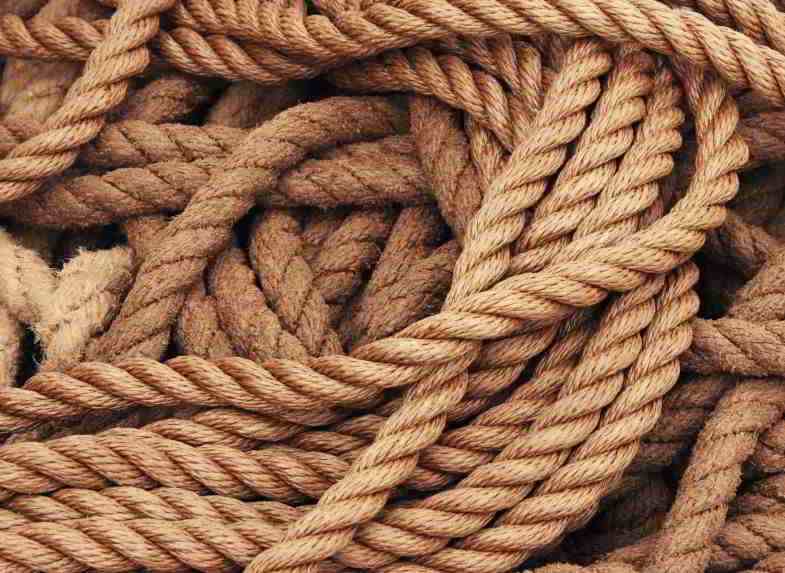

Hemp fiber: incredible properties for many uses
Over time, hemp plants have proven to be an extraordinary resource for both the textile industry and the environment, which is why they are increasingly in the spotlight.
From CBD cannabis plants, it is possible to obtain a fabric that is highly resistant to wear, mechanical action and tearing. In addition, hemp fibers are said to be more resistant to deformation than any other natural fiber.
What’s more? Cannabis fiber fabrics behave like wool: they are both heat-insulating and breathable, so they keep cool in the summer and warm in the winter.
If you thought that was all, there was to it, you would be surprised to discover the other extraordinary properties of hemp fabric:
- does not conduct electricity;
- reflects the sun’s UV rays;
- shields against electrostatic fields;
- it is hypoallergenic and antiseptic.
All these characteristics mean that cannabis fabric can be used successfully in the clothing industry (especially workwear) to make cloth and ropes that are very useful in many sectors and the navy and produce ultra-resistant bags.
In short, hemp makes it possible to obtain comfortable and durable clothing and equipment that can withstand even the most violent external aggression.
All the properties of fabric made from marijuana fibers, considering that the final product can be used in a wide variety of fields, are further enhanced because hemp corps are much more environmentally friendly than many other plantations.
CBD buds can be planted repeatedly on the same area of land without depleting it. On the contrary, it seems that hemp crops can even soften and reclaim the soil structure by absorbing large amounts of nickel, lead, and other harmful heavy metals.
In addition, the high resistance of hemp plants to parasitic attacks means that far fewer phytochemicals can be used in plantations than in the case of cotton or other plants used to extract textile fibers.
Read also: Marijuana bud: what is it? How to recognise it and how to know its quality?
Processing of industrial hemp for the textile sector
Having discovered the many positive aspects of using hemp to make textiles, you are now probably wondering how it is done.
In centuries past, hemp fabrics required a lot of labour to make.
Today, thanks to industry, the situation has undoubtedly improved: the work of several machines can be used to achieve more results in less time.
But how are hemp fibers produced for textiles?
What does the processing involve?
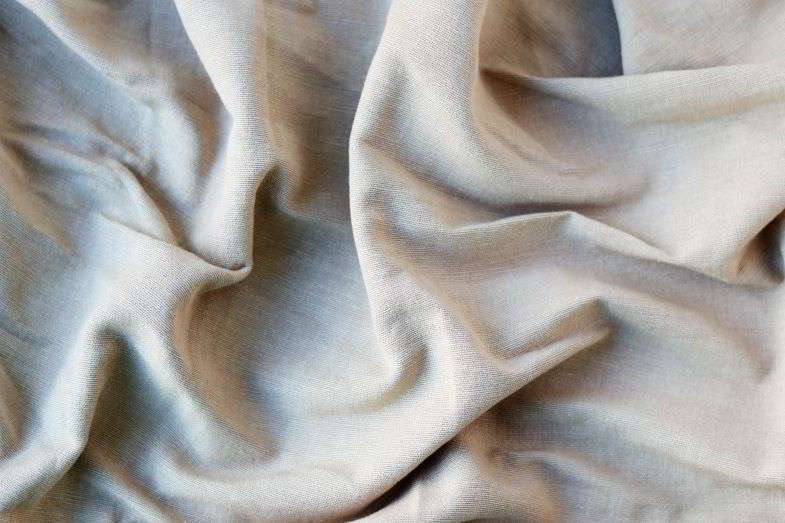

The production of hemp textiles starts with cultivation: depending on the genetics of cannabis, it will take between three months and a year after sowing to harvest.
When the plant is harvested, it is possible to obtain a more extended, more valuable fibers and a shorter one.
The former is used in the textile industry.
The extraction of hemp fibers consists essentially of two basic steps:
- maceration;
- scutching.
Maceration is a process that allows the hemp plant to release its fibers by breaking the woody part. Running water, hot water and bacteriological agents are used to do this.
On the other hand, scutching is the phase in which the textile fiber is separated from the macerated stems.
After the extraction of the fibers, processing continues with drying, combing, and spinning. Once the fabrics have been obtained, they can then be used in various contexts.
Read also: Marlboro & Cannabis: the story (that made the buzz) of the “rigged” cigarettes
To conclude …
Marijuana plants are also an excellent resource for the textile industry and seem to have no equal.
The possibility of producing solid and durable products with many other properties while respecting the environment is no small thing.
More and more companies will likely take these crucial details into account as time goes on, and it is expected that hemp will largely replace cotton in the future.
After this insight into the use of hemp in textiles, we invite you to look at our cannabis CBD shop.
In our online shop: JustBob.ch you can buy inflorescences, legal hashish and CBD oil to complete your product collection.
Take advantage of the great prices, vast selection and guaranteed fast delivery and buy the products that are right for you — we are waiting for you online!


